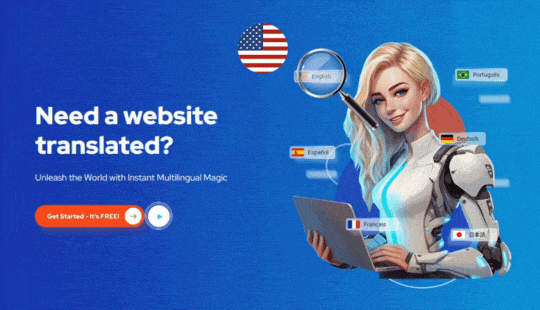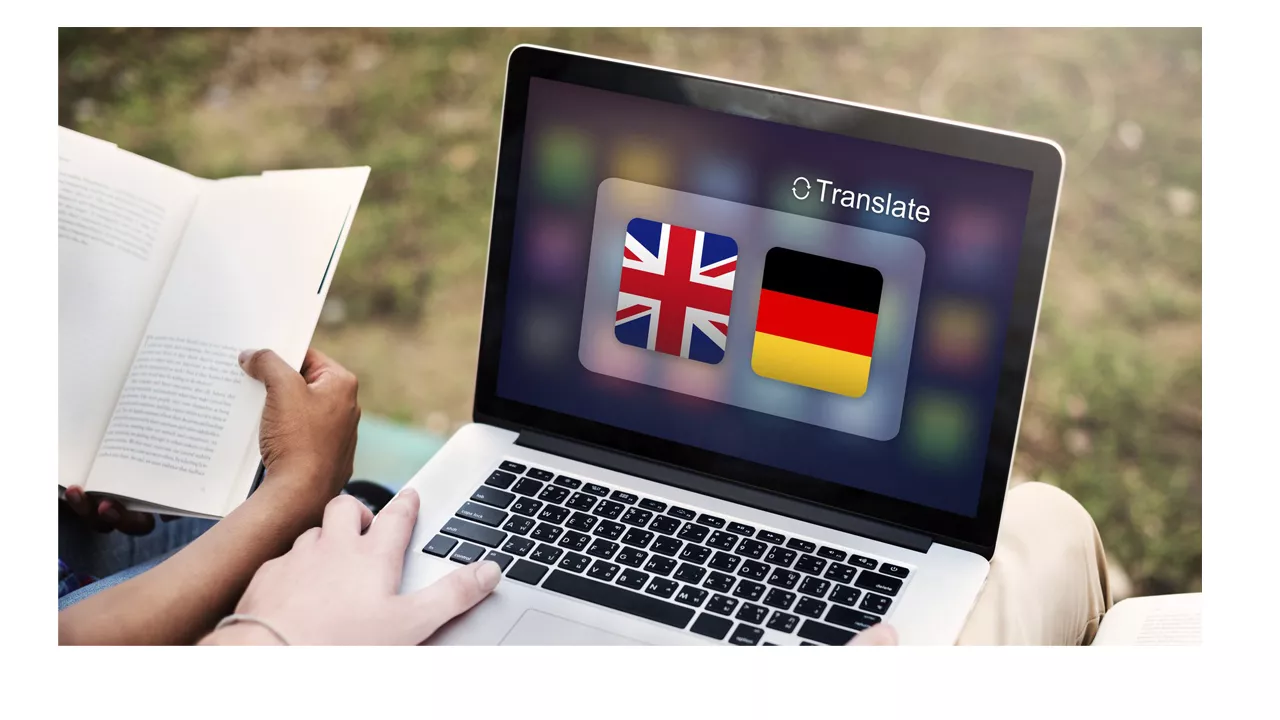
Having a complete bilingual or multilingual website with an enhanced user experience for visitors of your page from any part of the world is contingent on your being able to translate the posts, contents, pages of your website as well as widgets. A few over half of the internet is English language based when the percentage of users of internet having English language as their first language is just 25. It is, therefore, important to create and own a multilingual website and also translate widgets into several different languages because doing this will open a large door of business activities and opportunities to reach a bigger audience.
On many websites, you will notice that widget is an internal part of them. Hence, if these websites translation were not properly handled by the translation plugin that was employed, you will come to realize that the widgets are not translated. This will then lead to language code-mixing on your website where visitors will have certain parts of the website in one language and other parts in another language.
Therefore, in this article we will help you to see how you can translate the widgets that are available on your multilingual WordPress website. Also, we will consider how you can use widget as your language switcher in place of the switcher button.
To help you get the process and training in this article, we will use the best WordPress translation plugin which is ConveyThis as the tool for the training. While it is true that we will be discussing WordPress widgets in this article, ConveyThis is not limited to WordPress. You can use ConveyThis to translate widgets on other platforms too. If you carefully follow these easy-to-apply ideas that will be discussed fully in this article, you will witness quick results.
First of all, let us consider what widgets are.
What are widgets and why is it necessary to get them translated?
Widgets are fragments or pieces of contents that that are external to the main post or outsides the page content. These are the elements you see under the “widget area” of your WordPress website and they can be found on the footers and/or sidebars. They serves many purposes such as for call to action, images, navigation, post listings, calendars, etc.
When you translate your widgets, it implies that the visitors of your website can use a website has become fully translated without having to start copying your content and pasting it in an external translation software such as Google translate.
It will be unprofessional when contents found on each of the pages of your websites are separated into two languages. The visitors using the second language may feel less appreciated or even diminished thinking that they are not as important as visitors that speak the original language of your website.
How to translate widgets through the use of ConveyThis
ConveyThis is the essential website translation solution that is built to ease the translation of any website. ConveyThis uses either of human translation and machine translation. And when employed, it uses both to provide efficient and very best result when translating websites.
The first thing to do is to install the ConveyThis plugin. After that, you should choose the language you intend using and with that it will translate all the contents found on your website automatically. All contents including pages, short codes, menus, and most importantly the widgets.
Now locate the settings screen of your ConveyThis and choose from the dropdown whatever language you want your contents to be translated into. This ConveyThis plugin uses what is known as string translation to translate widgets as well as all other parts of the website automatically. It is easy to preview this by checking through the translation screen from your ConveyThis account.
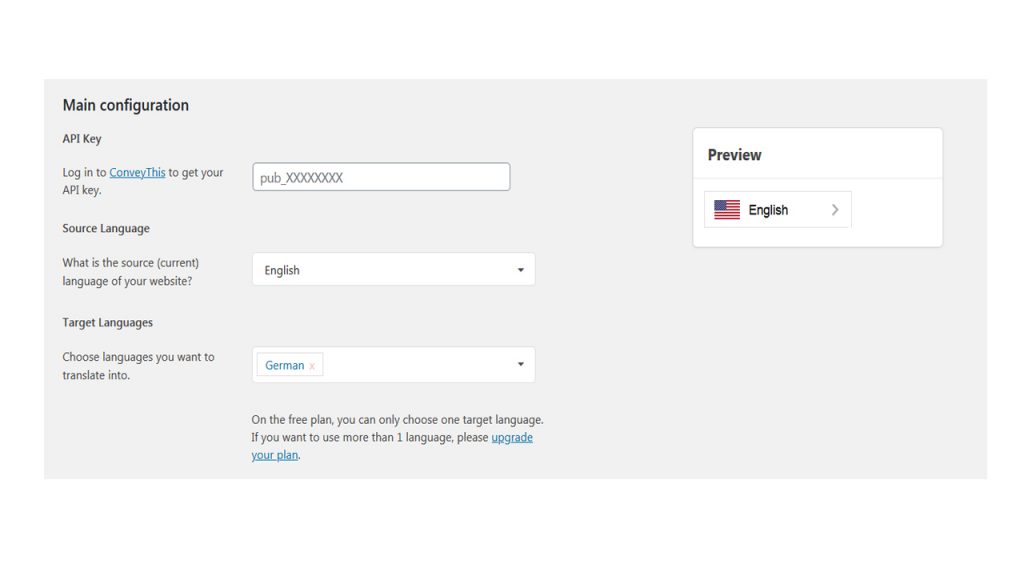
Is it possible to manually edit what has been translated? Yes is the answer. ConveyThis allows you the opportunity to edit, modify and make necessary adjustments to your translated contents and with that it will be easy to get your website optimized for user experience and search engine optimization (SEO).
For example, you may be targeting certain keywords in the translated text that will make your translated contents in that language optimized for Google search or perhaps, there is a specific phrase that should coined differently in languages like French, German, Vietnamese, or even Spanish in order to send the needed message, you can manually edit the translated contents to capture all of these. This is especially needed in the case of text widgets with contents that are manually uploaded.
It is possible to see welcome text in the text widget in the original language as shown below:
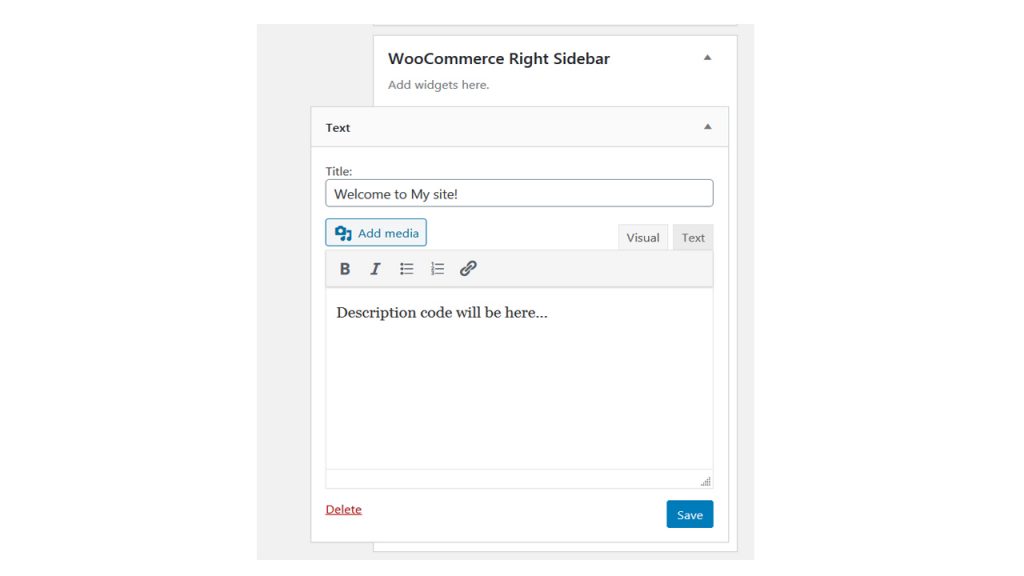
Think of whatever widgets. All that has been translated covers everything. Whether they are built-in widgets, installed widgets, uploaded widgets and/or widget that was added through plugins such as Jetpack and WooCommerce.
To help you get it a bit more clearer, try to open a page on your website through the use of the visual editor, you will notice that all widgets including the ones in the footer and sidebar are already translated. As if that is not enough, the page contents and navigation menus as well as every other items are translated.
Text that are already translated in your widgets can also undergo manual editing. How? Go to the visual editor and open it, then click on any of the widgets you want to translate. You will notice a pen like icon (i.e. editing icon) closer to it. Click on this icon and a window will pop up displaying both the original text and the translated text from the widget. With that and right there, you can manually edit the translated content to get the desired output. This is shown in the image below:
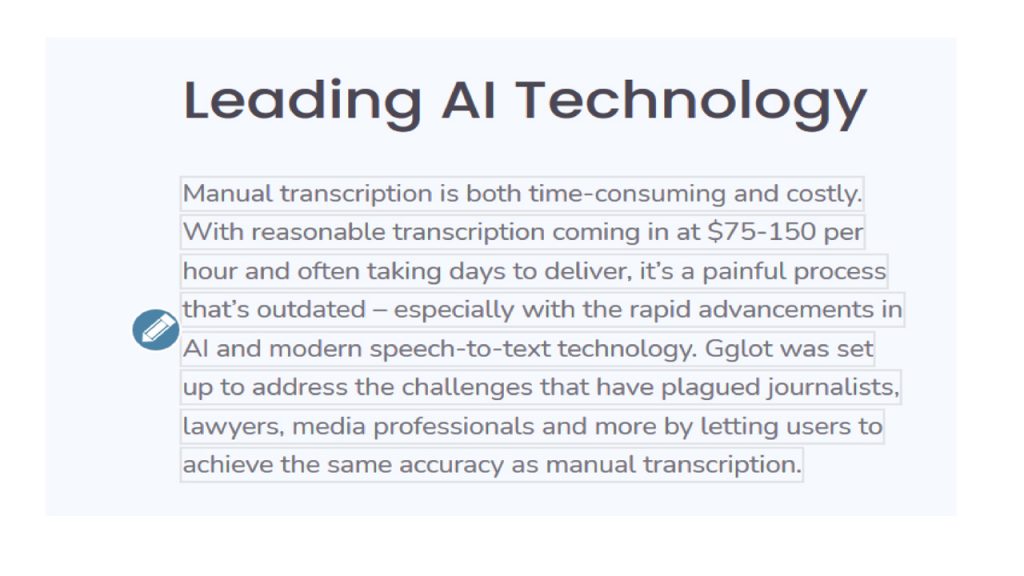
It is possible to use the translation service like ConveyThis to manually edit your translations. This is possible through your ConveyThis dashboard where you can set up your translation project to include native translators and professional translators.
Check over and over again all of the widgets that can be found on your website to see if they are translated correctly and nicely rendered in the other language. Should there be additional widgets sometimes later, it will be automatically translated. However, you may have to check through to ascertain if the translation is correct and if there is a need for modification you can edit it.
How to add ConveyThis language switcher button in the widget area You can put the language switcher button under the widget area of your website. With this option, it will make it possible for visitors of your website to access it with other widgets. That is to show the flexibility ConveyThis offers as regards to positioning of your language switcher button.
How do you go about it? On the admin section of your WordPress, locate the appearance and select widgets. Another way you can do this is by locating the customizer and select the widget option in order to edit your widgets. It is also possible to add a widget title and click save to ensure the language switcher appears on the sidebar.
Another interesting thing about positioning the language switcher in the widget is that you can place it in more than one widget area and with this visitors can always find it in the footer.
Translating widget an indication of that your website has gone completely multilingual
If you want to have an effective, efficient and professional multilingual website you must ensure that all elements of your website are translated. You don’t need to worry about or become overly anxious of how to handle this because this can be handled by using multilingual solution like ConveyThis. ConveyThis will take charge of your translation such that all parts of the website including the widgets, pages and posts are properly taken care of.
So far, in this article we have help you to see how you can translate the widgets that are available on your multilingual WordPress website. Also, we have considered how you can use widget as your language switcher in place of the common switcher button.
It is therefore best that you follow the above discussed guidelines so that you can translate your widgets and thereby you can boast of a complete multilingual website that is easy and not complicated for users or visitors of your website. If your website is not well translated or it is partly translated, the visitors of your website can get confused with using your website and they can become discouraged such that they leave your website without achieving their goal of visiting in the first place.
If you try ConveyThis, you will find it easier to use and very simple. You may want to first use the free plan option to see how it works out with WordPress Plugin. And if you are thinking of other platforms such as Shopify and Squarespace, ConveyThis is always there to handle all for you. Start now and enjoy the countless benefits that come with translating your widget and owning a multilingual website.
